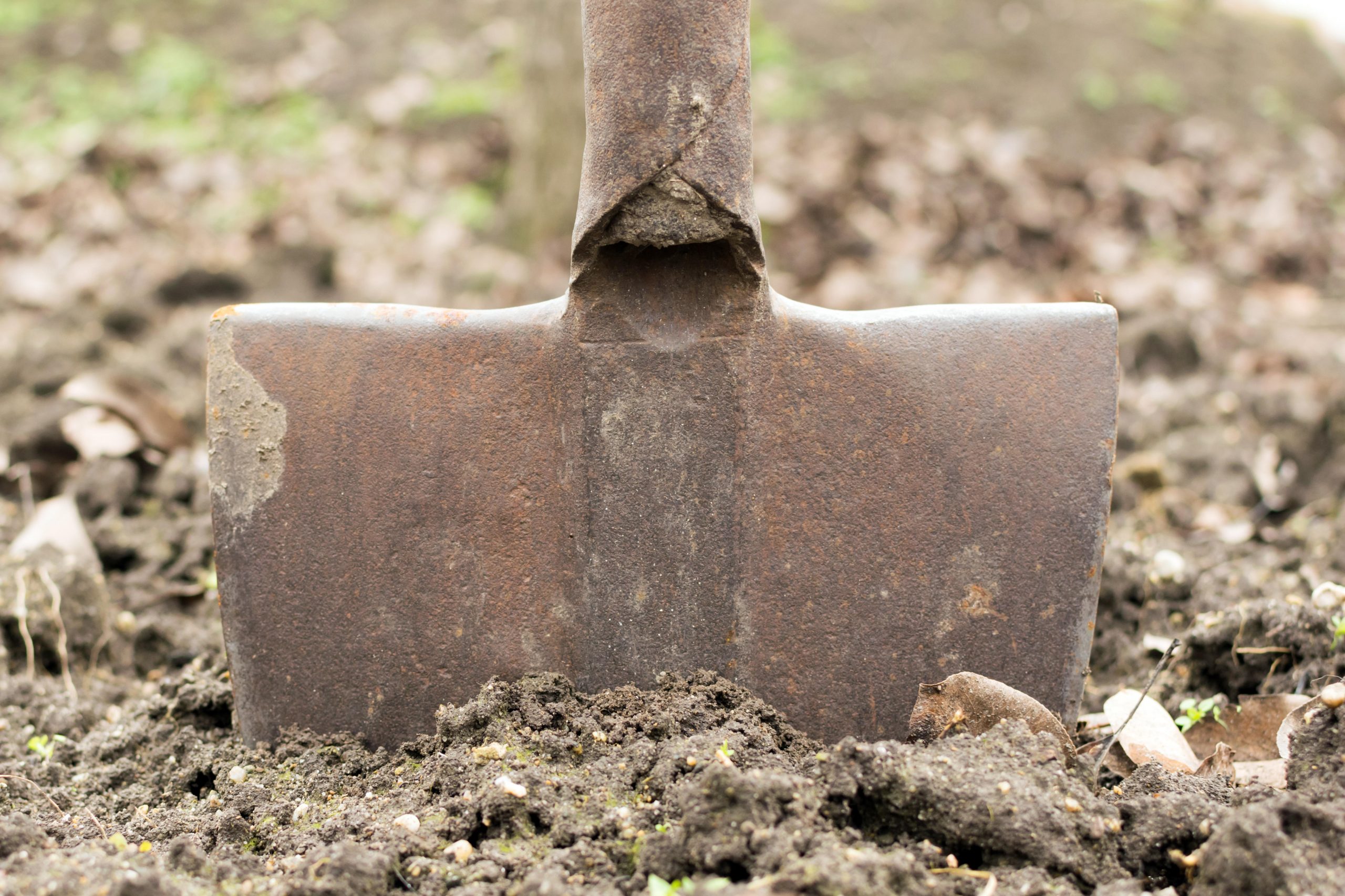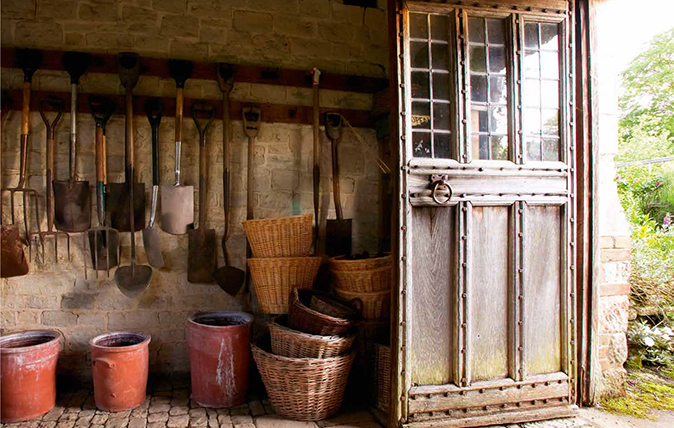Jason Goodwin: 'The older and wiser you get, the better you understand that a few good tools are better than a gallimaufry of clutter'
For this, and other words even more exotic than 'gallimaufry', read on.

There was a time when every cookbook began with a list of items the writer thought were essential in any kitchen. The batterie de cuisine assembled by Elizabeth David in her magisterial French Provincial Cooking cuts no corners. ‘Not long ago,’ she writes, ‘I overheard a salesman blandly assuring a customer that an omelette dish was the same thing as an omelette pan,’ and she goes on to compile a ‘brief list’ of what might furnish a well-equipped kitchen that runs to 17 pages. It includes a cutlet bat and a chasse-noyau for stoning cherries and olives.
I have great respect for her. Many years ago, we bought two iron baking sheets, rectangular, with the merest hint of a turn-up around the rim, at the Elizabeth David shop in Covent Garden. She called them plafonds. After a 12in stainless frying pan, they have been the best kitchen investment I ever made. They do everything in the oven without letting it steam or go soggy. Bread, fish, bacon, roast vegetables, all are done to perfection on the plafond.
The older and wiser you get, the better you understand that a few good tools are better than a gallimaufry of clutter; overall, I am inclined to simplicity. Like most people, I cook omelettes in a frying pan and, come Armageddon, the zombie apocalypse or revolution, whichever is first, I will count myself lucky if I can step into the new world order clutching that pan, David’s plafond — and a spade.
Men have cooked on shovels, of course, and a shovel is a good thing for shifting loose rubble; but I will always grab the spade for the garden, and survival. This came home to me last week: clearing out the pole barn so it could have a new roof, I found a spade whose existence I had all but forgotten.
"The Ottoman empire’s shock troops, went to war with little spades — their trowels could feed an army and take a city."
It was leaning quietly against a corrugated iron wall, concealed for almost 10 years by a gathering of planks and posts and odd lengths of wood. It wasn’t much to look at, with a worn D-handle, a dusty ash shaft, and a spade end that seemed to have been cut down to size, rusted and thin, but I fell upon it like a long-lost brother.
I have had a number of spades. I’ve had them long, short, new and old. I have had stainless-steel spades and galvanised spades. One by one, they have let me down. The stainless blade snapped in two. I chose the galvanised spade for its long handle, which I thought would save me stooping, but in fact it is thick, unwieldy and blunt.
What I remembered about the spade propped up against the barn wall was that it was small, very light and sharp. The formidable janissaries, the Ottoman empire’s shock troops, went to war with little spades hanging from their wrists — for good reason. Their trowels could feed an army and take a city. A good spade turns you into the next best thing to a mole.
Sign up for the Country Life Newsletter
Exquisite houses, the beauty of Nature, and how to get the most from your life, straight to your inbox.
I used to think the garden fork was indispensable, but the fork is never quite as useful as it looks. The award for the Best Supporting Role goes to the humble garden rake, which breaks up soil, hoes weeds, makes a tilth and is good for leaning on afterwards to admire your work. But the small sharp spade scoops the pool.
It chops, slices, lifts, divides and is like an offshoot of your own arm, if it is light and sharp enough. It cuts clean. It digs things up. It helps you measure the depth of holes. It flicks unsightly messes over the garden wall. It puts an edge on your beds. It lifts weeds faster than a hoe. It is the plafond of the garden, the stainless frying pan of the potager. Elizabeth David probably never used one, but I think she would approve.

Credit: Claire TAKACS/Alamy
The 10 tools no gardener should be without – and which ones to buy
Steven Desmond on the garden tools we all need, and how to choose ones which will last you a lifetime.
-
 Six rural properties with space, charm and endless views, as seen in Country Life
Six rural properties with space, charm and endless views, as seen in Country LifeWe take a look at some of the best houses to come to the market via Country Life in the past week.
By Toby Keel
-
 Exploring the countryside is essential for our wellbeing, but Right to Roam is going backwards
Exploring the countryside is essential for our wellbeing, but Right to Roam is going backwardsCampaigners in England often point to Scotland as an example of how brilliantly Right to Roam works, but it's not all it's cracked up to be, says Patrick Galbraith.
By Patrick Galbraith